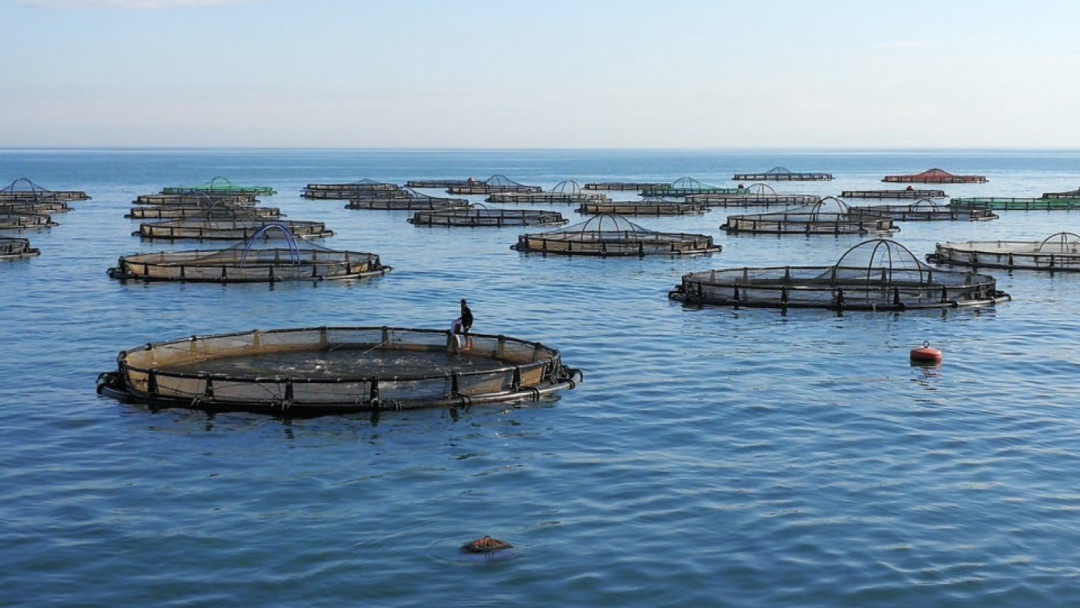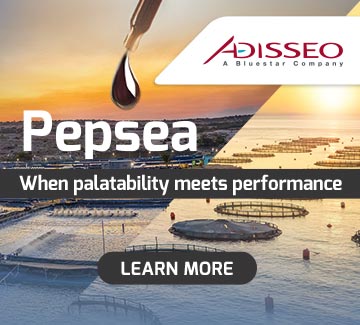
Seaweeds cultivated with Integrated Multi-Trophic Aquaculture (IMTA) systems have proven highly effective in improving water quality by absorbing nitrogen and phosphorous from fish effluents. This process allows for the significant reuse of nutrients within aquaculture activities. In land-based systems, ammonium removal rates can range from 40% to 100%, depending on the species involved and growing conditions. In open marine environments, nutrient recovery rates of up to 60% have been recorded.
Beyond their filtering ability, seaweeds also help mitigate ocean acidification, through photosynthesis and improve water oxygenation, providing shelter for species sensitive to low oxygen levels. They also act as natural buffers against harmful algal blooms, reducing toxin accumulation in bivalve molluscs and extending the survival of fish exposure to toxic microalgae.
From a nutritional perspective, seaweeds grown in IMTA systems show enhanced levels of pigments, proteins, and fatty acids, making them a more appealing feed for farmed species. Ulva lactuca, for instance, has been shown to improve calcification in sea urchins and is well tolerated as a dietary supplement in Nile tilapia, without hindering their growth.
Technical, economic and ecological hurdles
Despite these benefits, experts warn of the challenges involved in effectively integrating seaweeds into IMTA systems. Species selection depends on numerous variables-temperature, salinity, and nutrient availability-and not all seaweeds respond equally to environmental conditions. Added to this are ecological concerns, such as the potential spread of invasive species or the unintended contribution to green or brown algal tides.
While basic seaweed cultivation techniques have been established, current farming systems remain relatively rudimentary and traditional. Researchers also point out that the efficiency of IMTA in open waters is limited by factors such as coastal space constraints and the lack of standardised infrastructure.
Another concern is the low profitability of seaweed farming when compared to fish or molluscs, which can undermine the economic viability of IMTA systems without targeted incentives or technological improvements. Additionally, seaweeds may accumulate heavy metals and antibiotics residues from their surroundings, raising concerns about food safety and the quality of the final product.


